Flexbox Case Studies – Tutorials to help you achieve common Flexbox layouts.
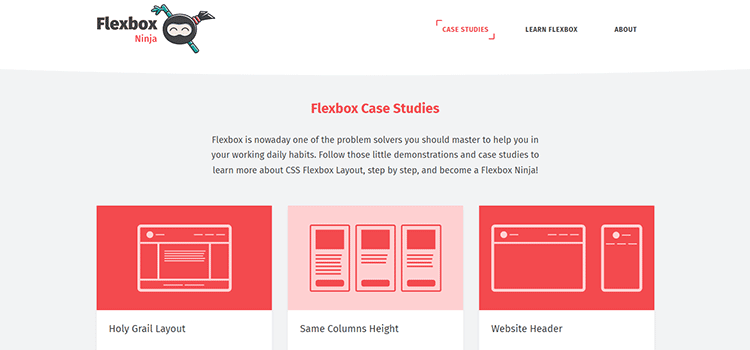
Set Your Text in Motion with These Dazzling Effects – Snippets that prove text doesn’t have be stationary.

Terminal CSS – Attention terminal lovers, there’s now a CSS framework for you.
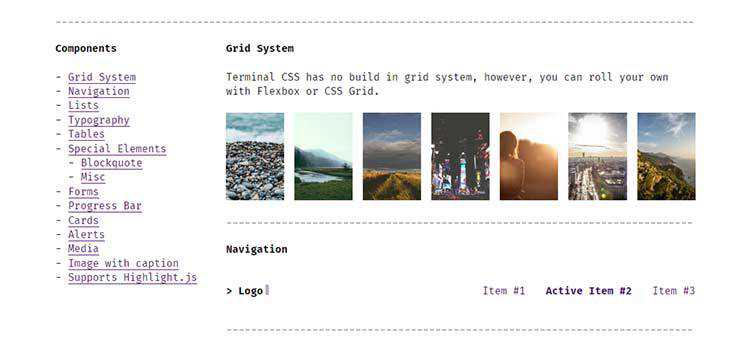
Complete Guide to Using WebP Image Format – WebP images can have a significantly smaller file size than other formats.
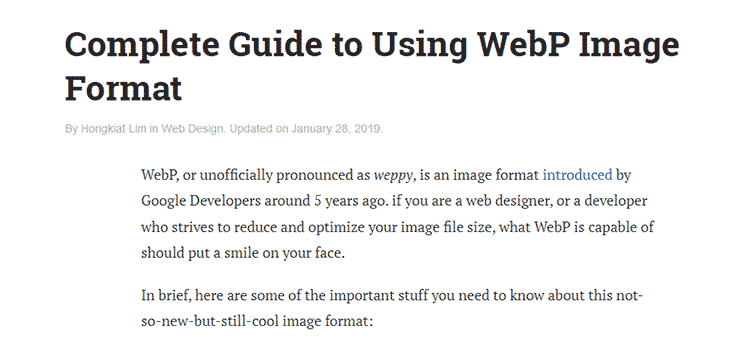
Node.js Best Practices – A listing (updated weekly) of top-ranked Node.js related articles.
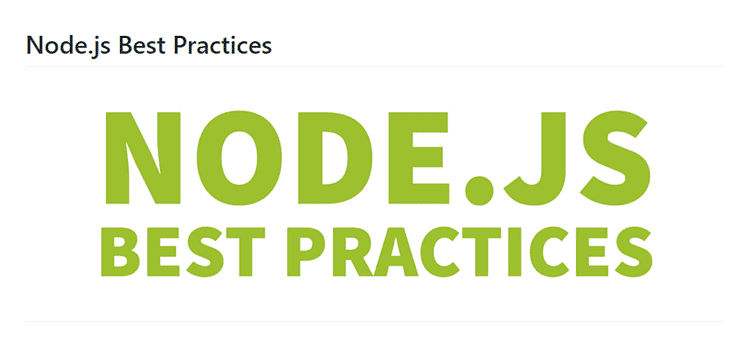
Design Checklist for the Perfect Charts – Important considerations when implementing charts into your project.
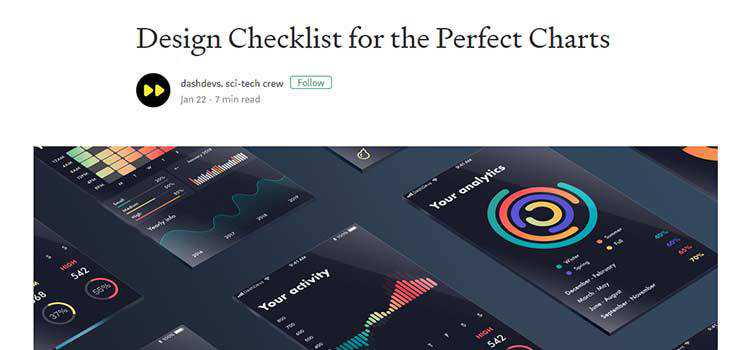
Sleek Dashboard – A free Bootstrap 4 admin template and UI kit.
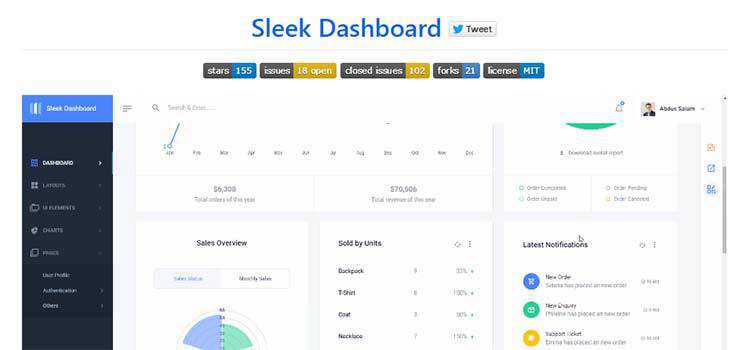
Table Design Patterns On The Web – Best practices for using tables on the modern web.
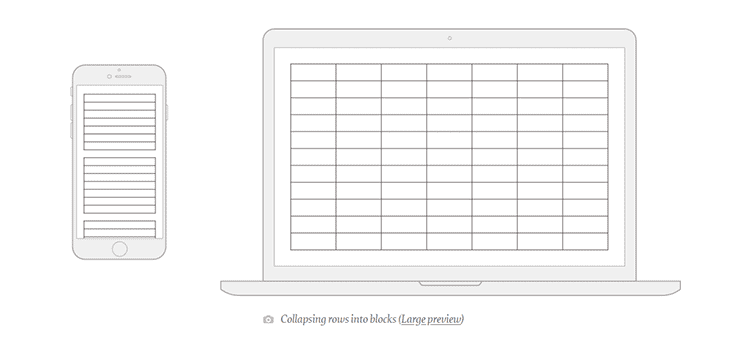
Subtle interactions demand subtle awareness – Three under-the-radar concepts for better UX.
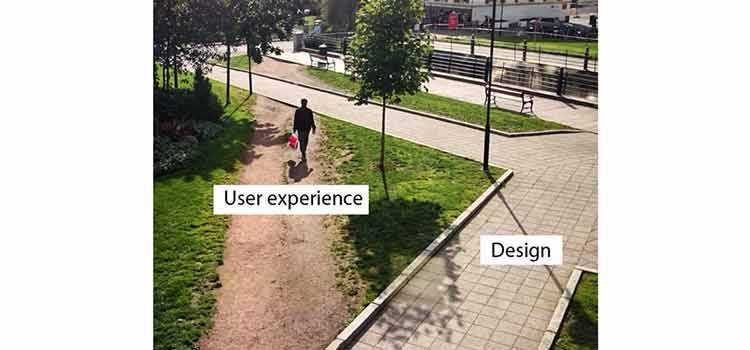
How to Test Your WordPress Website for PHP 7.x Compatibility – Ensure that your site is ready to work with recent versions of PHP.
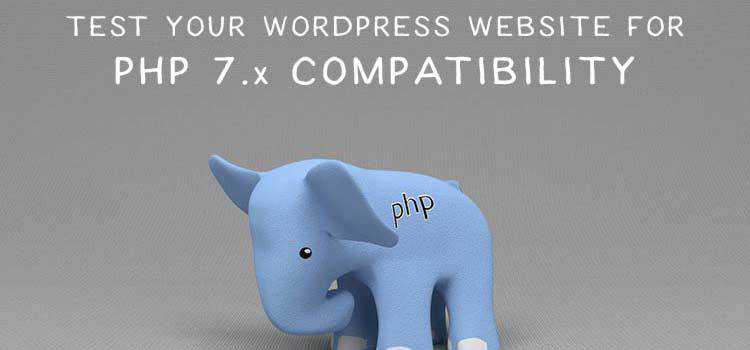
Morpherings – CSS buttons that morph into forms.
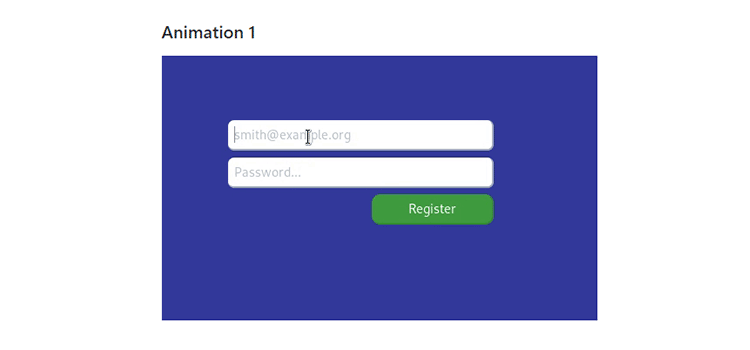
Freelancing: The Risks and Fears of Going it Alone – Tips for navigating the scary side of running a freelance business.

UX Design Case Studies – The best case studies of 2018.
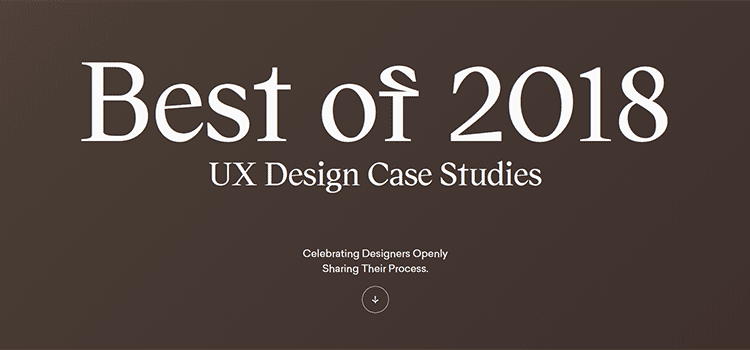
x-spreadsheet – A JavaScript (canvas) powered spreadsheet for the web.
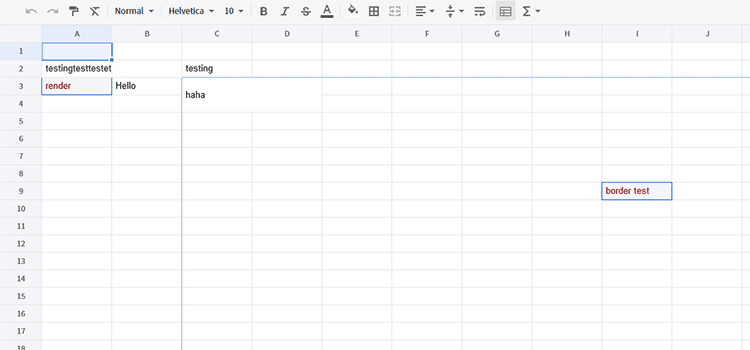
Matter – A collection of Material Design components in pure CSS.
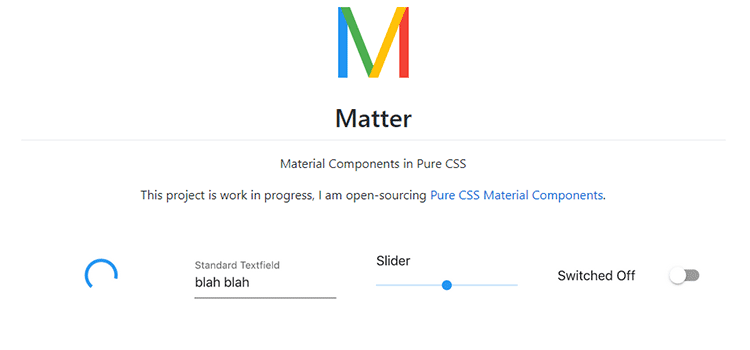
Immutable Styles – A library for styling web interfaces with a focus on predictability and robustness.
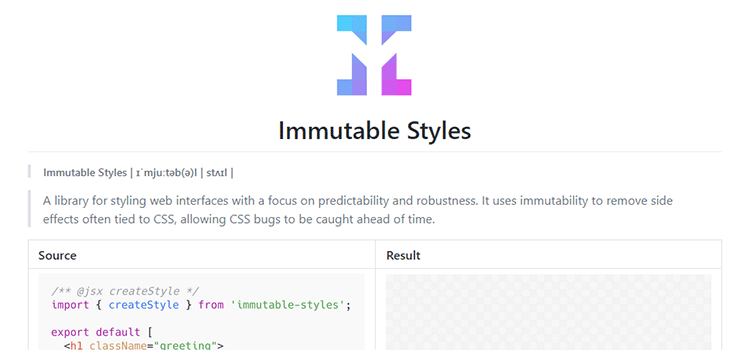
Palette App – A tool for building, analyzing and editing smooth color palettes.
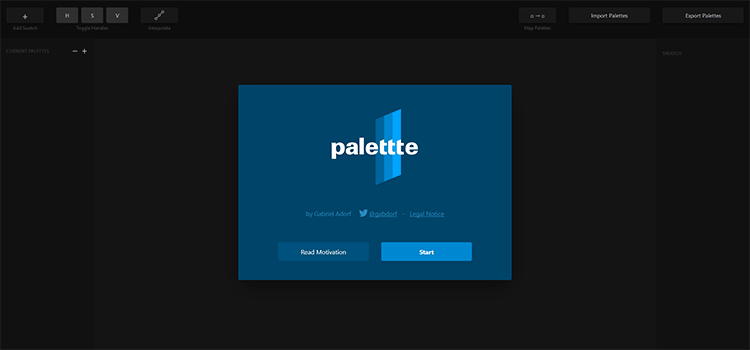
Webfont – Create and manage your own custom font icons.
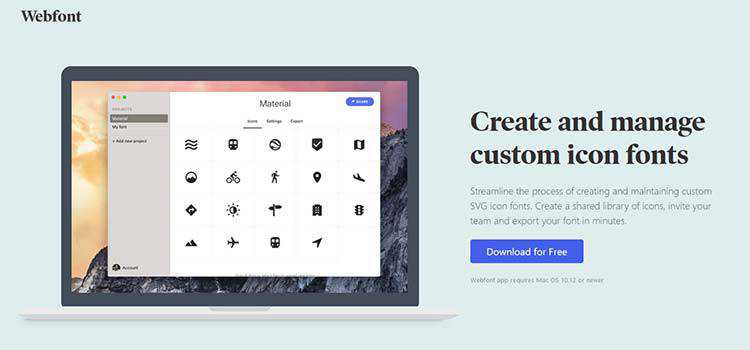
Polarite – Generate color schemes with the help of A.I.
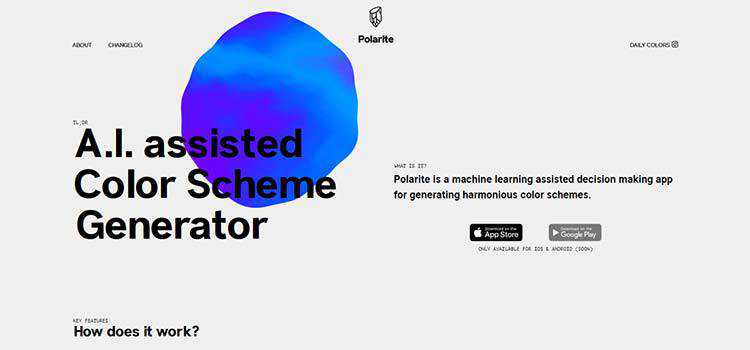
Follow Speckyboy on Twitter or Facebook for a daily does of web design resources and freebies.
The post Weekly News for Designers № 473 appeared first on Speckyboy Web Design Magazine.
Package:
Summary:
Validate and repair strings in UTF-8 encoding
Groups:
Author:
Description:
This class can validate and repair strings in UTF-8 encoding...
Read more at https://www.phpclasses.org/package/11059-PHP-Validate-and-repair-strings-in-UTF-8-encoding.html

Cyrille Martraire: Domain modeling towards First Principles
This was a talk from the first day, but it required some more processing before writing about it. Cyrille is one of my favorite speakers. He's fast, funny and brings a lot of interesting topics to the table. So many that it's sometimes hard to keep following his train of thought, and writing down some notes at the same time.
A central concept from his talk was what he called the waterline between IT and the business. In a traditional scenario, developers get provided with "work" on a case-by-case basis. They don't learn about the general idea or plan, or even the vision, goal or need that's behind the "work item". They just have to "implement" it. It leads to badly designed code. But it also leads to the wrong solutions being delivered. If only developers could have talked with the people who actually have the problem for which they build the solution. Maybe there's another problem behind it, or maybe the business has provided the developer with a solution, instead of a problem. To higher the waterline means to get more involved with the customers and users, to understand their problems, and work together on a solution. Make sure you get involved.
When looking for the right solutions, investige the problems and use the following heuristic: "Consider the intensional alternative". Cyrille considers "intensional" a pedantic word and likes it. It's opposed to "extensional". Extensional corresponds to enumarating the results. Intensional means defining the predicate which will produce those results. Looking for intensional solutions means you'll end up with a better understanding of the problem. And also an automatable one.
While collecting these intensional aspects of existing business problems, as a developer you will be building a theory about that business. Cyrille warns against the illusion that a domain is simply a lot of information withs if-s on top. Business is messy, so we shoudn't be obsessed with rules. Some parts of a domain allow theorizing, some don't.
This nicely aligns with my own experience, trying to understand a business domain. Domain experts often aren't aware of the inconsistencies, or impossible rules they come up with. Once you bring in some logic, some rules seem reasonable but just aren't feasible. These may be areas where there's manual intervention in an otherwise automated system.
Another interesting concept Cyrille brought up was that of "skeuomorphism". He noticed that software solutions seem to continue building on technology from the past. Software systems often look like they're rebuilding a paper bureaucracy, but now it's digital. You can't really be "disruptive" if you don't think about radically different ways of solving some problem for the user. This was a bit of shock, because I realized that I often use "paper metaphors" to find out a possible solution for a design issue. Then again, maybe there's room for both - a paper metaphor as a design tool, yet a non-paper bureaucracy inspired software solution.
Maaret Pyhäjärvi: Breaking Illusions with Testing
Identifying herself as a "feedback fairy", Maaret talks about testing, in a very broad sense. It doesn't only cover automated testing, but also exploratory testing, and what you're doing with them. Tests don't break code, they break the illusions you have about it. The way Maaret explained testing, I immediately became scared of all the illusions I have about my code and that I should start breaking them.
I like how Maaret used the term "heuristics", like more DDD-ers do, to share with us how she and other testers do their work. It seems it's very common to share heuristics in the testing community. Very interesting! I don't think programmers share them as freely as they should.
Testing an application starts with realizing: you don't know much. So you have to create some sort of a map of what's there (functions, data, the platform, etc.). Start to discover, and never be bored. Always look for the interesting things, and "poke it until it pops".
In general, what you'll find is all kinds of illusions (they could be called "assumptions", I think). In testing an application ("it has high code coverage, so it's tested") but also in the general activity of developing software ("if we have this new feature, we'll earn more money").
Thinking in terms of illusions, I think most development teams are very good at them. We have all kinds of ideas about our code, our way of working, the application, our teammates, the company, etc. But they aren't really tested. It'll be smart to challenge them.
Also, looking at how others approach their problems is very useful. There will be a different perspective that you
Truncated by Planet PHP, read more at the original (another 826 bytes)
Package:
Summary:
Crawl Web pages and extract links to other pages
Groups:
Author:
Description:
This package can crawl Web pages and extract links to other pages...
Read more at https://www.phpclasses.org/package/11061-PHP-Crawl-Web-pages-and-extract-links-to-other-pages.html

Package:
Summary:
Crawl Web pages and extract links to other pages
Groups:
Author:
Description:
This package can crawl Web pages and extract links to other pages...
Read more at https://www.phpclasses.org/package/11061-PHP-Crawl-Web-pages-and-extract-links-to-other-pages.html#2019-01-31-23:52:34

Eric Evans: Keynote ("Language in Context")
Starting out with the basics (words have meaning within a context; when we make the boundary of this context explicit we end up with a bounded context), Eric discussed two main topics: the Big Ball of Mud, and bounded contexts in the context (no pun intended) of microservices.
Legacy applications are always framed in a negative way, as if it's something to get away from. Personally, I've come to enjoy them a lot. However, there will always be the urge to work around legacy code. The Bubble Context (PDF) can be a great way of creating a new model that works well next to the already existing models. To keep a safe buffer between the new and the old model, you could build an Anti-Corruption Layer (ACL). A fun thing Eric mentioned is that the buffer works in two directions. The ACL also allows the old model to keep functioning without being disturbed by all the new things that are going on in the Bubble Context.
Given that a bounded context may or may not align with an actual subdomain, it may very well be that a legacy context is actually a Big Ball of Mud, with unified models, and simply just a lot of domain knowledge written between the many spaghetti lines that are in there. However, even though it is a mess, and it's getting harder to work with it every day, it may still be what you could call a "Mature Productive Context". The question is: is it still aligned with business views? If it is, we could improve at least maintainability and the cost of change by performing local refactorings. If it isn't, it'll be very hard to change anything. If the basic assumptions of the model change, rework will be very costly.
As a matter of fact, for a project I'm currently working on, we're looking into a module (or context), which requires some heavy refactoring, because it has become technically very hard to work with it. However, the business is still quite happy about it, and it's quite central to its processes.
An important Domain-Driven approach which can be used in the area of legacy code is where you analyze the different subdomains, and find out which ones are generic, and which ones are "core" to the business. As an example, in the aforementioned project there are actually two candidates for context-level improvements. One is related to Sales (which is the heart of this financial application), and one is related to Addressbook records (which is very much supportive to the Sales part). One could say it's even generic, in the sense that an off the shelf solution might be preferable. We wouldn't want to spend a lot of design or development effort there either.
Eric mentioned the term "Quaint Context" as a suitable name for a context that one would consider "legacy". It uses outdated technology probably, and has become hard to maintain. It won't be possible to make big changes there (as mentioned, because these basic assumptions can't easily be changed), so another good name could be "Patch-by-Patch Context".
With a microservice architecture, another option to deal with legacy contexts becomes what Eric calls the "Exposed Legacy Asset" (yet another nice term!). This will be a legacy application which starts to adapt to the microservices environment by producing messages that will be useful for actual microservices in that environment. For instance, database triggers could be used to produce events. The external events themselves don't have to be as low-level as the internal events that caused them.
Eric touches on several other interesting aspects of microservice architecture, but I wanted to briefly mention some other relevant ideas here. Eric looked back at 15 years of Domain-Driven Design and proposed that by now we maybe need a definition of DDD itself. He doesn't want DDD to be just a club, but asks for intellectual honesty. If you try to apply DDD and somehow it fails, you should share this story. If you're skeptical about some aspect of DDD, talk about it. I like how it boils down to focusing on the core domain, exploring models together, and speaking a ubiquitous language in an explicitly bounded context. Nice!
This one was a workshop with limited access, so I was lucky I could attend it. Rebecca had spoken in a previous edition of the conference about heuristics, which triggered my interest in the idea. The workshop was about the process behind it. It had some interesting pointers, like a PDF about the concept and a book by Billy Vaughn Koen: Discussion of the Method. Definitely things to check ou
Truncated by Planet PHP, read more at the original (another 2340 bytes)
Bootstrap is one of the most popular design frameworks. One of the reasons it’s so popular is that it’s optimized for mobile devices and has a well-organized grid system along with hundreds of elements that make prototyping and designing for the web a lot easier.
There is no doubt that Bootstrap is the best framework to help you design beautiful and responsive web pages. From minimal startup websites to complex admin screens, you can find Bootstrap UI kits and templates for any design. Get inspired by these free Bootstrap UI kits and use them in your next design project.
In this roundup, we’ve collected 20 free UI kits built with Bootstrap (both 4 and 5) that you can use as a starting point for your designs.
Table of Contents
More Free Bootstrap Templates & UI Kits
Free Bootstrap 5 UI Kits
The free Pixel Bootstrap 5 UI kit comes bundled with over 80 UI elements, 5 example page templates, and more than 50 website sections, so you build any type of website.
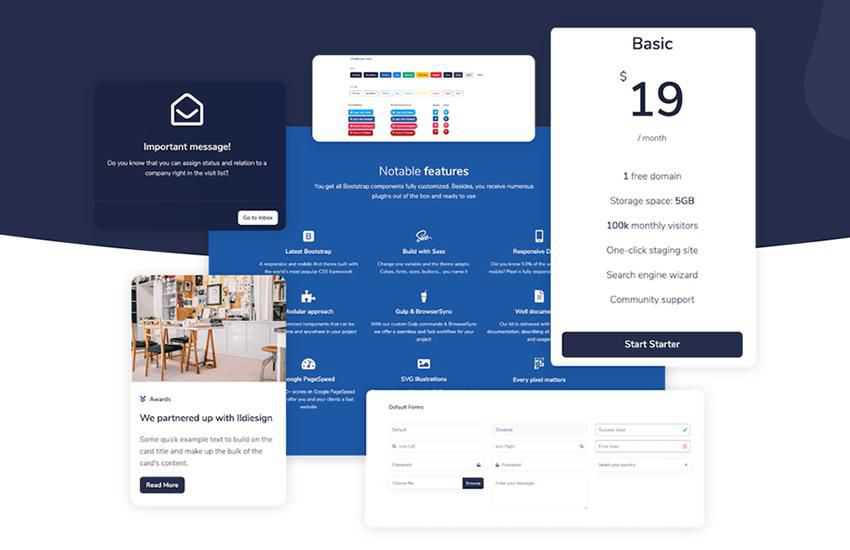
Snacked is Bootstrap 5 admin template and UI kit that comes with over 60 custom HTML page templates, multiple chart options, and a vast collection of UI components.
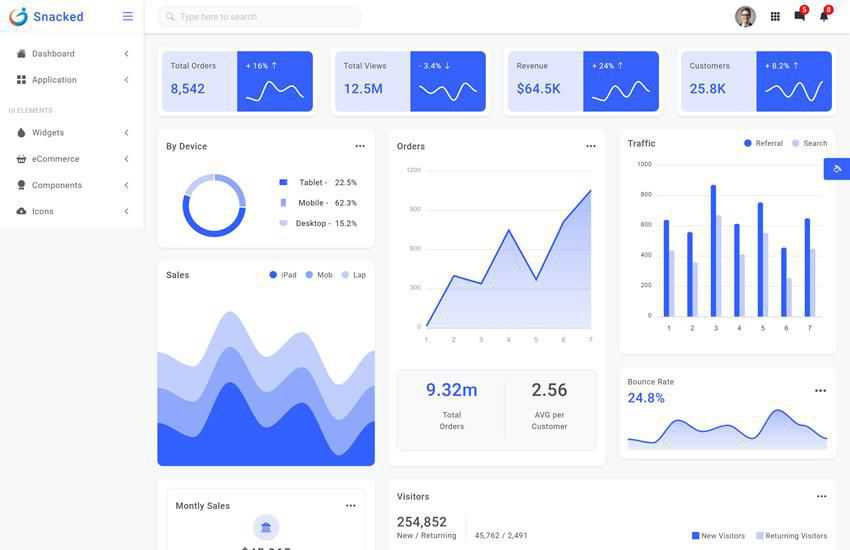
This free Bootstrap 5 UI kit includes over fifty custom components, five integrated plugins, and five pre-built page templates. Boomerang kit is perfect for building a business or corporate website.

The minimally designed Qexal is perfect for creating landing pages for startups or any other type of business. It comes with nine homepage variations, multiple page templates, and a huge collection of UI components and widgets.
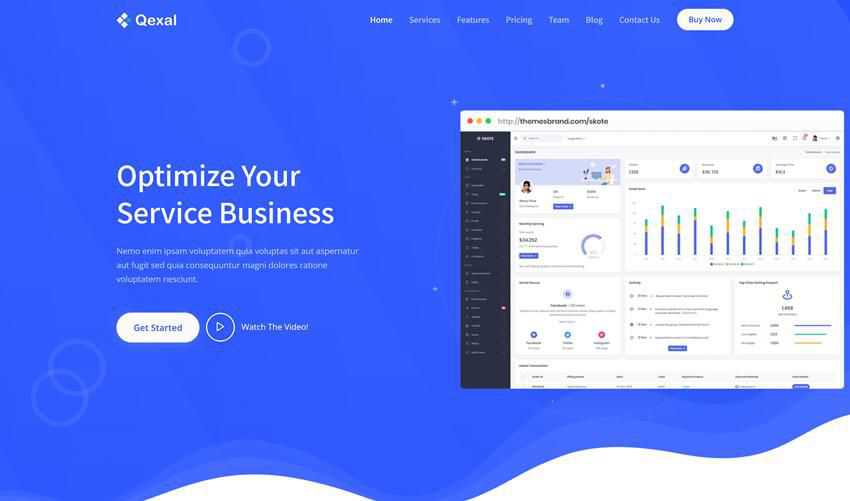
The free Lindy Bootstrap 5 UI kit includes everything you need for creating professional startup landing pages. The UI kit comes with over 200 UI elements and 5 example page templates.
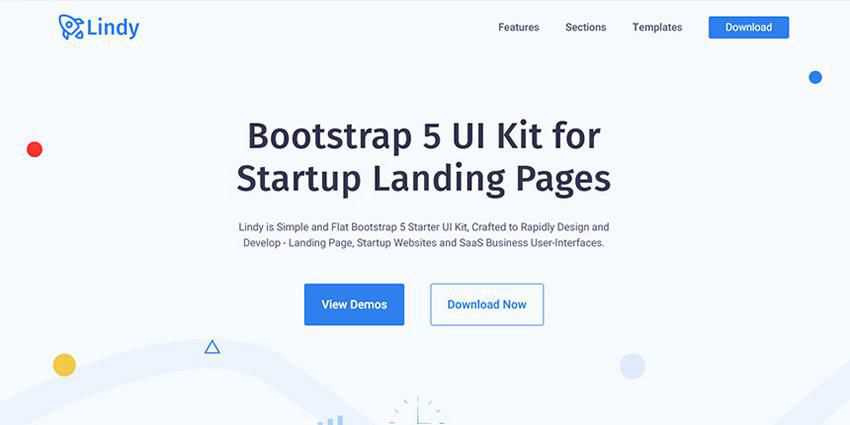
This free Material Design Bootstrap 5 UI kit is an excellent choice for anyone that wants to build a mobile-first website or an app. The kit comes with 400+ material UI elements, 600+ material icons, over 70 CSS animations, numerous templates, tutorials, and much more.
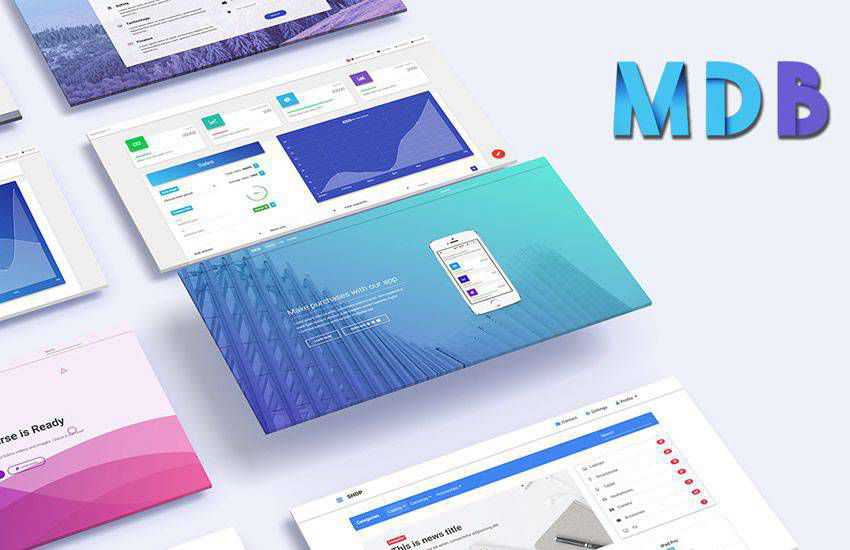
WrapKit Lite is a free Bootstrap 5 UI kit that can be used in a variety of projects. It comes with a selection of UI blocks and more than 25 UI elements, and 1 landing page to jumpstart your project.
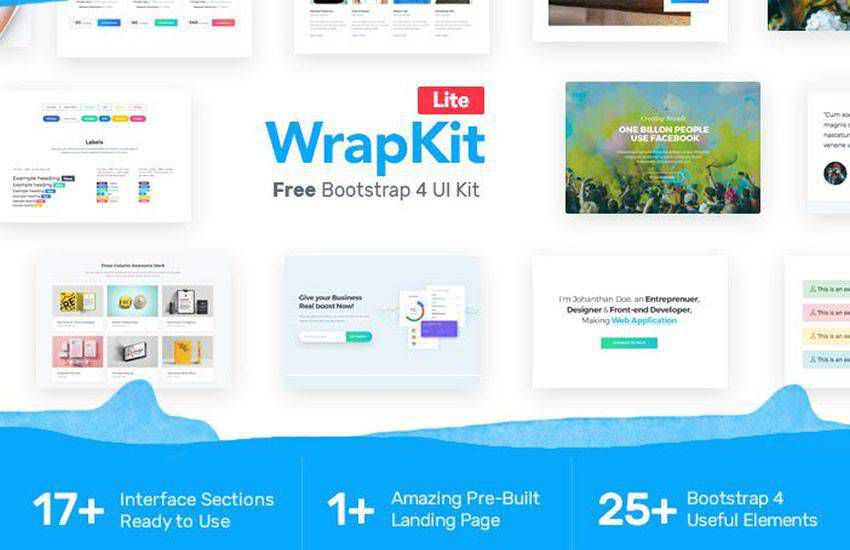
Material Kit is a perfect choice for anyone who loves the material design. The Bootstrap 5 UI kit comes with over 60 UI elements and three demo page templates to help you get started on your design.
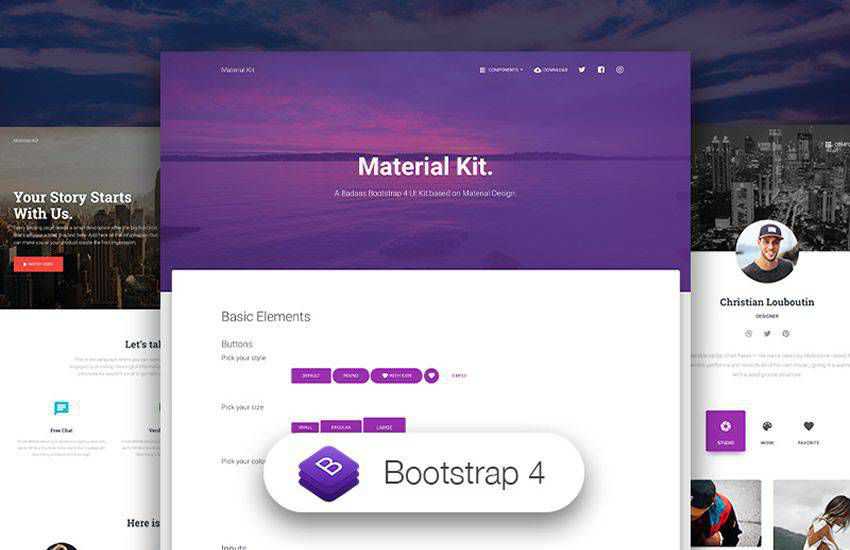
Free Bootstrap 4 UI Kits
The Argon UI kit for Bootstrap is the perfect choice if you’re working on a dashboard design. The kit comes with over 100 components, 6 different screens, and 4 custom plugins.
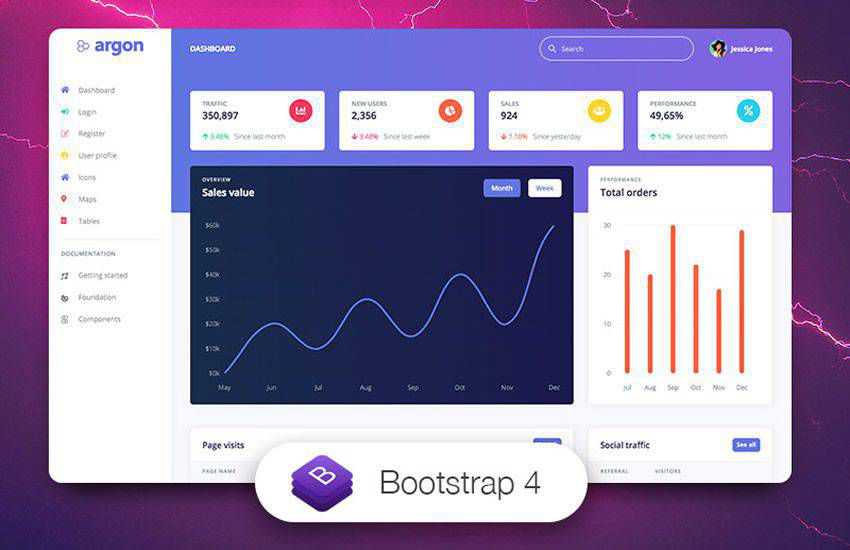
Powered by Grunt, Bower, and SCSS, Grandin is a professional UI kit that comes packaged with plenty of UI components, widgets, forms, tables, charts, pages and applications.
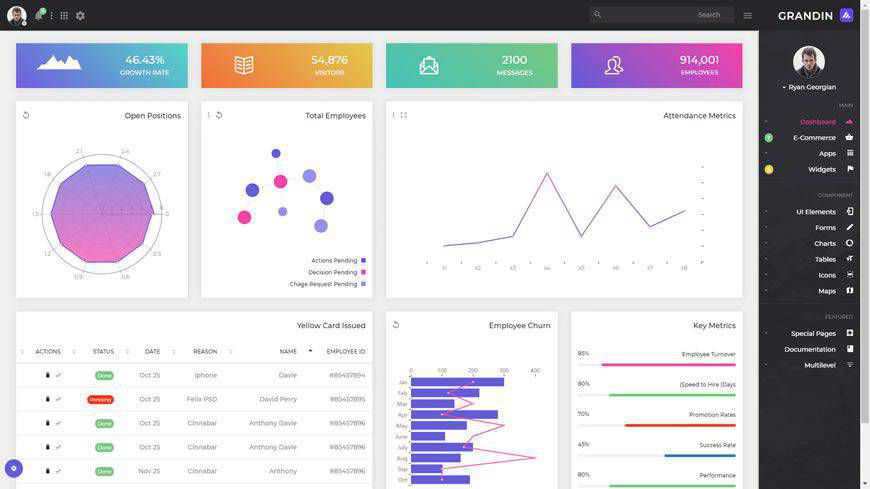
The free Shards Bootstrap UI kit comes with 10 extra custom components and 2 custom pre-built landing page templates. You’ll also find more than 1,500 icons both from Material and FontAwesome packs.
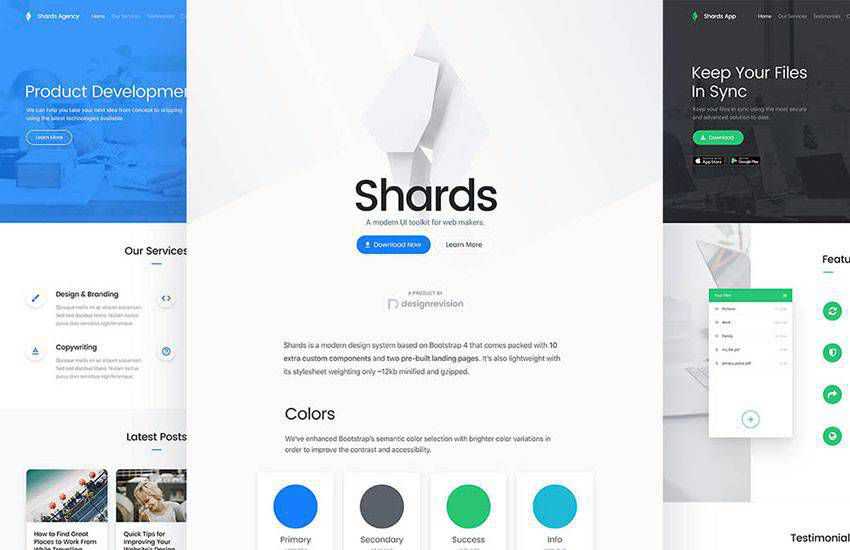
This lightweight Bootstrap 4 UI kit includes five dashboard layouts, over 100 components, and a complete set of UI elements, including charts, forms, calendars, tables, and many more.
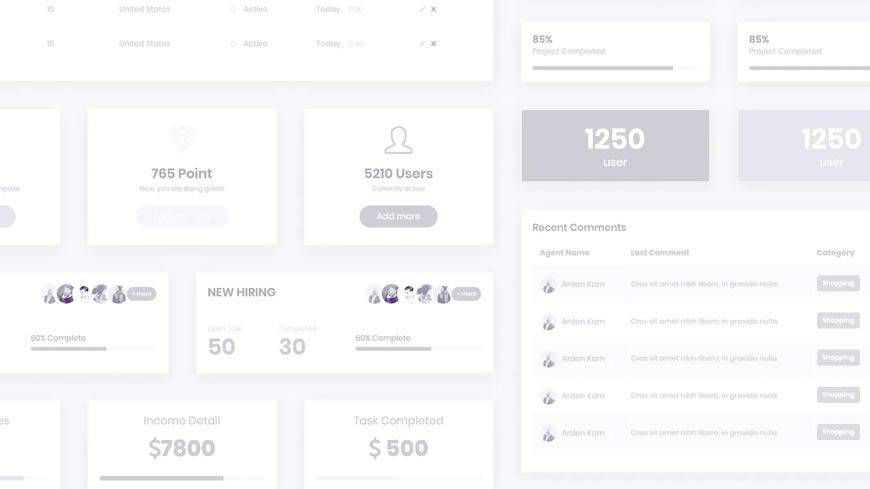
This kit includes both HTML and PSD files so you can easily customize and tweak the design to suit your needs. The kit is lightweight and it comes with various components and pages that will help to speed up your design process.
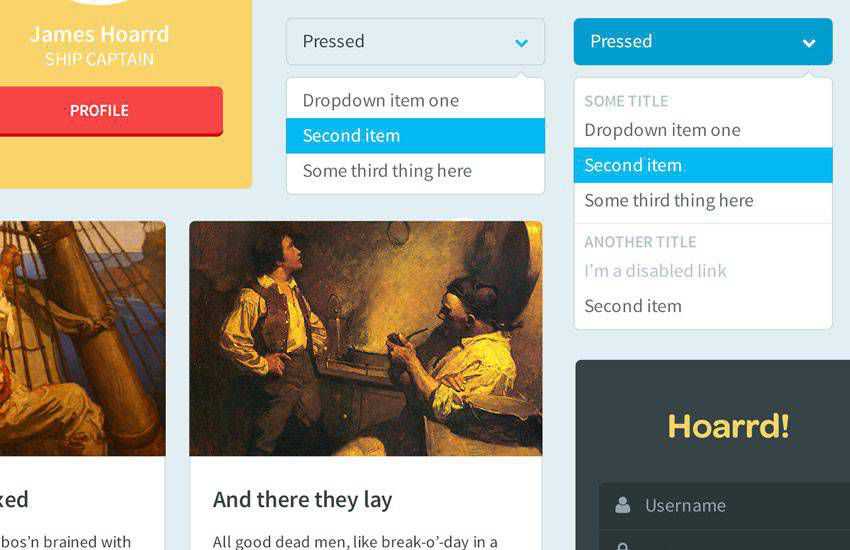
Now UI Kit is a responsive Bootstrap 4 kit provided for free by Invision and Creative Tim. It features over 50 elements and 3 page templates. The kit provides PSD, Sketch, and HTML versions.
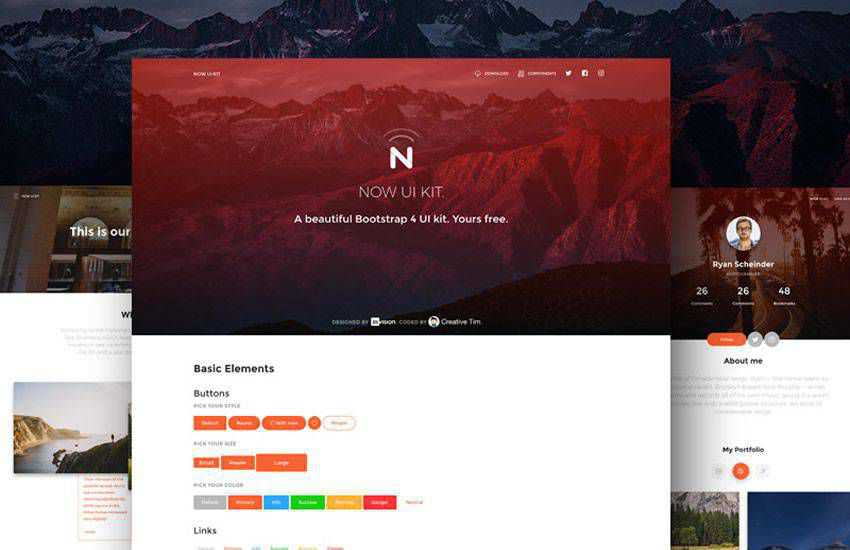
Fuzen is a Bootstrap 4 UI kit that comes bundled with three dashboard layout templates, over 200 UI components, over 3,000 icons, and multiple widgets. It has been designed with Material Design in mind.
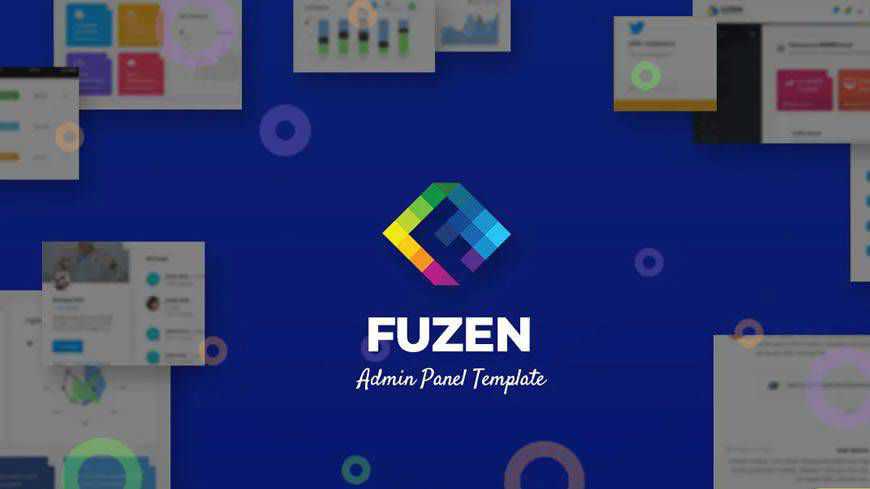
Built upon Bower, GulpJS, and Sass, this free collection of web blocks has been designed for Bootstrap 4 and allows you to get ahead on your design project. The kit is easy to use straight out of the box and can be easily customized to the needs of your project.
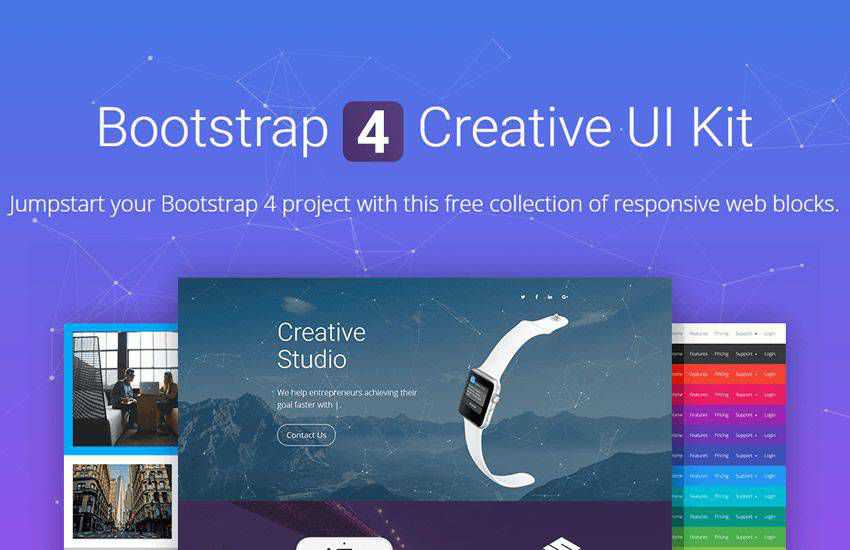
This Bootstrap UI kit includes over 170 responsive design blocks that are ready to be used in your web or mobile apps. You’ll find blocks for calls to action, profile blocks, contact, blocks, forms, headers, and more.
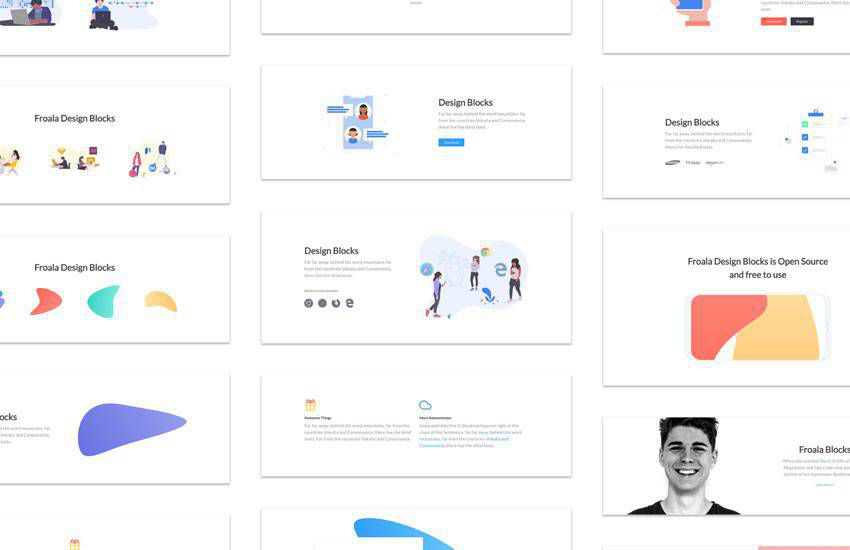
The Paper Dashboard is another great choice if you need to prototype and design an admin dashboard for your project. The UI kit comes with 16 components, 4 customized plugins, and 7 demo page templates.
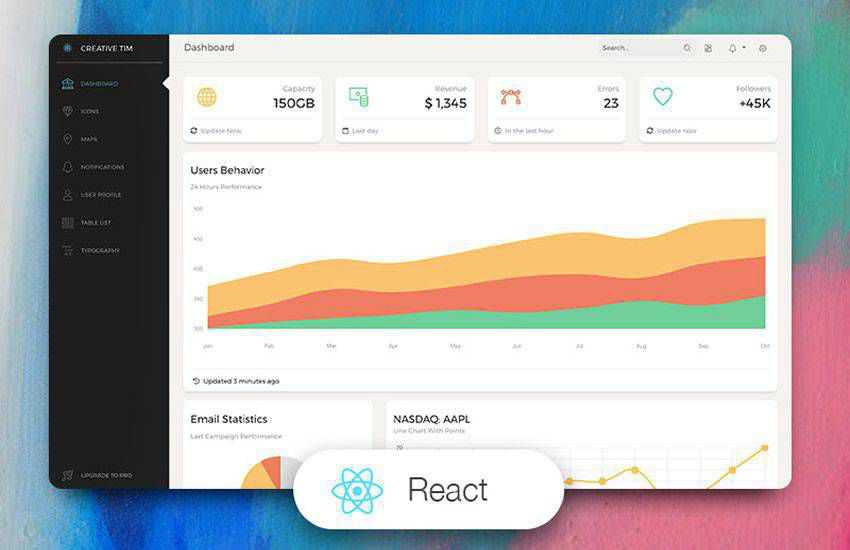
Anchor is a free Bootstrap UI Kit with flexible, ready to use UI components that will help you build websites faster. It features a modern and colorful design.
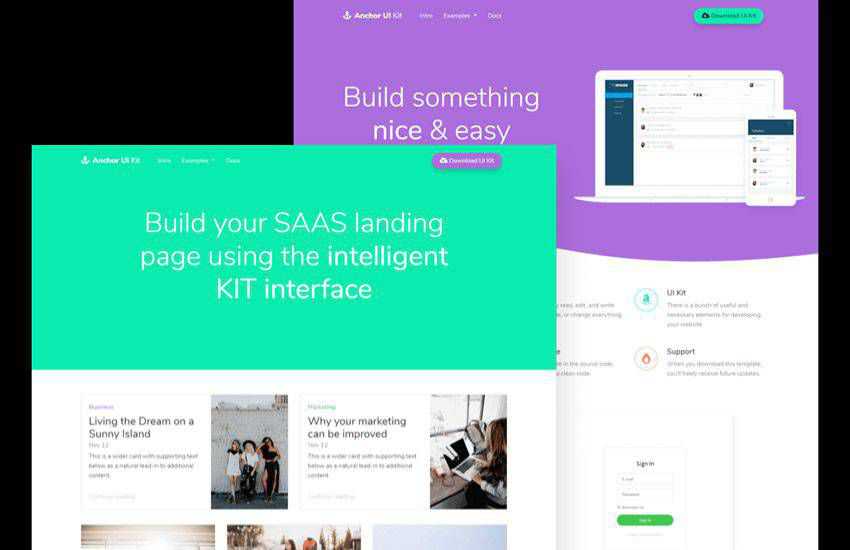
The Stream UI Kit is a beautiful and elegant Bootstrap 4 UI Kit. The UI kit comes with five beautiful complete page templates and includes over 20 reusable and customizable UI Blocks.

Try the Bootstrap 4 Startup UI kit if you’re working on the website design of a startup. The kit features a clean and minimal style and comes with 16 UI cards that you can mix and match to create your own unique layouts.
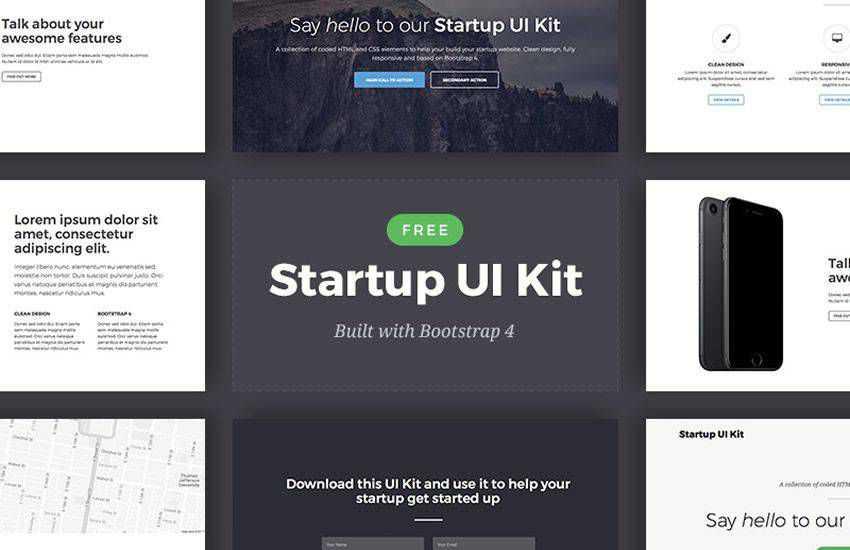
Check out this kit if you’re designing an e-commerce website or an application. The template comes with several starter templates to get you started as well as numerous icons and elements.
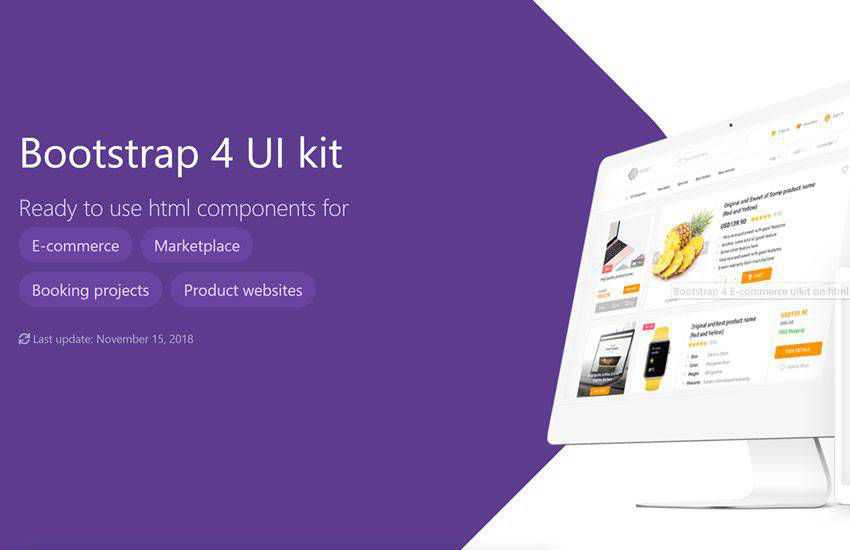
The post 20 Free Bootstrap UI Kits appeared first on Speckyboy Design Magazine.
Here's what was popular in the PHP community one year ago today:
This interesting tweet by Clare Liguori came to my attention last week:
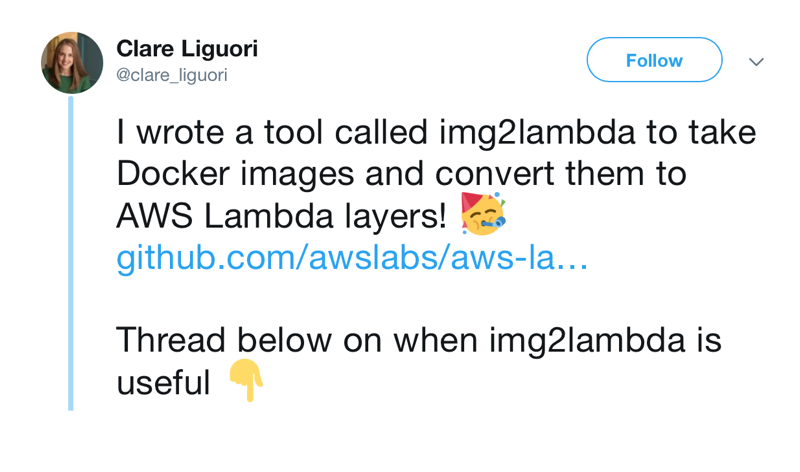
This new img2lambda tool will take the layers of a Docker container and convert them to AWS layers for use in Lambda.
I poked around with Clare's example and updated my lambda-php project in order to understand how it works. I also rewrote my runtime's bootstrap to make it clearer.
The clever thing from my point of view is that you can build your PHP runtime layer locally using Docker and then publish the layers to AWS for use in your Lambda functions. This means you can now use the layer in different projects and have them all reference the same PHP runtime.
The magic of Docker
This is all done with the magic of Docker. Specifically, we create a Dockerfile that creates to containers:
- A container to build the PHP binary
- A container containing the layers that img2lambda will upload to AWS
Simplified, it looks like this:
# Build PHP in the Lambda container
FROM amazonlinux:2017.03.1.20170812 as builder
# PHP version of create
ARG ver="7.3.1"
RUN sed -i 's;^releasever.*;releasever=2017.03;;' /etc/yum.conf && \
yum clean all && \
yum install -y autoconf bison gcc gcc-c++ make libcurl-devel {etc}
RUN curl -sL https://github.com/php/php-src/archive/php-${ver}.tar.gz | tar -xvz && \
cd php-src-php-${ver} && \
./buildconf --force && \
./configure --prefix=/opt/php/ --with-openssl --with-curl --{etc} && \
make install && \
/opt/php/bin/php -v
# copy php binary into /runtime/bin/php
RUN mkdir -p /runtime/bin && \
cp /opt/php/bin/php /runtime/bin/php
# copy bootstrap files into /runtime
COPY src/* /runtime/
# Create runtime container for use with img2lambda
FROM lambci/lambda:provided as runtime
COPY --from=builder /runtime /opt/
The first part download and compiles the PHP binary and puts it into /runtime/bin/php and also copies in the bootstrap files required to make the layer act as a Lambda runtime.
The second part simply copies all the files in /runtime in the first container into a new container. This new container containers a single layer which is our PHP runtime.
To build it we do:
$ docker build -t lambda-php-runtime .
The tag name can be anything.
Create the the layer in AWS
To create the AWS layer we use img2lambda:
$ img2lambda -i lambda-php-runtime:latest -r eu-west-2 -n lambda-php73
This tool will find the layer in the runtime container and upload it to eu-west2 and then store the identifier in output/layers.json which looks like this.
[
"arn:aws:lambda:eu-west-2:66...06:layer:lambda-php73-sha256-e3c4...2e618b:1"
]
Using in Serverless Framework
You can take the ARN number and use it for your actions in serverless.yml like this:
functions:
hello:
handler: handler.hello
layers:
- "arn:aws:lambda:eu-west-2:66...06:layer:lambda-php73-sha256-e3c4...2e618b:1"
This is the way that we can re-use our PHP runtime in all our actions across multiple projects.
Serverless also allows you to import data from JSON files into your serverless.yml file, so you can also do:
functions:
hello:
handler: handler.hello # {file name}.{function name}. In this case: hello() in handler.php
layers:
${file(../php-runtime/output/layers.json)}
This has the advantage that when you re-build and upload PHP runtime layer, your project picks it up, which could also be convenient.
Testing locally
One of the benefits of building the runtime in Docker is that we can run it locally for testing our Lambda function. As our runtime container inherits from lambci/lambda:provided, we get an environment that looks very much like Lambda itself.
To test locally, we use another container and inherits from our runtime one and copies in the PHP files for our function. The Dockerfile looks something like this:
FROM lambda-php-runtime as function
COPY handler.php /var/task/src/handler.php
We create our cont
Truncated by Planet PHP, read more at the original (another 1321 bytes)









































